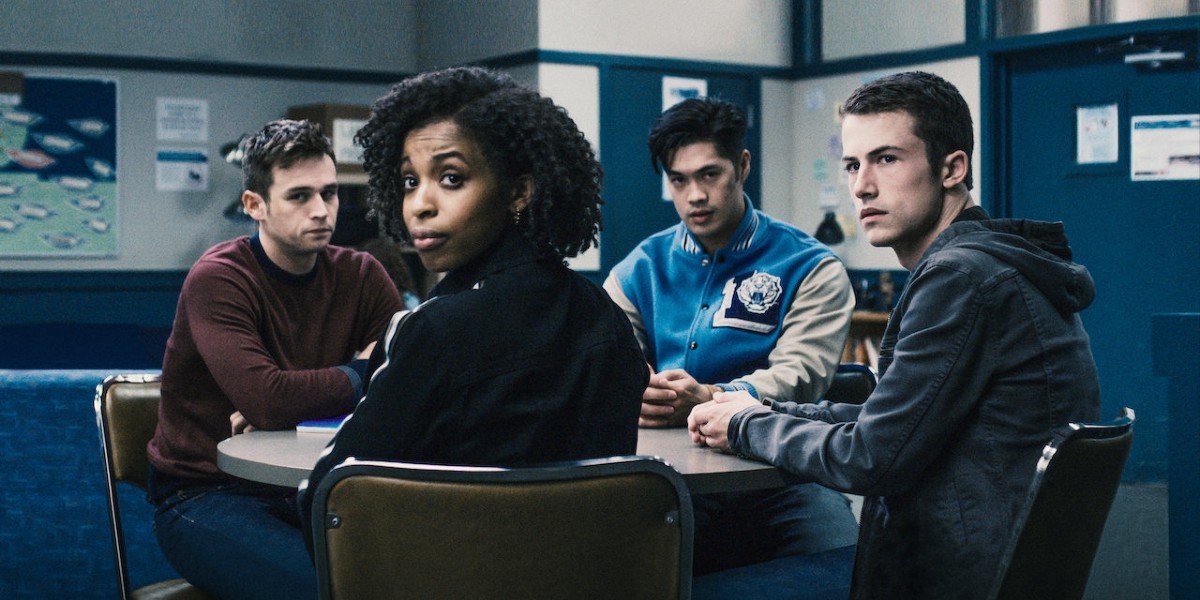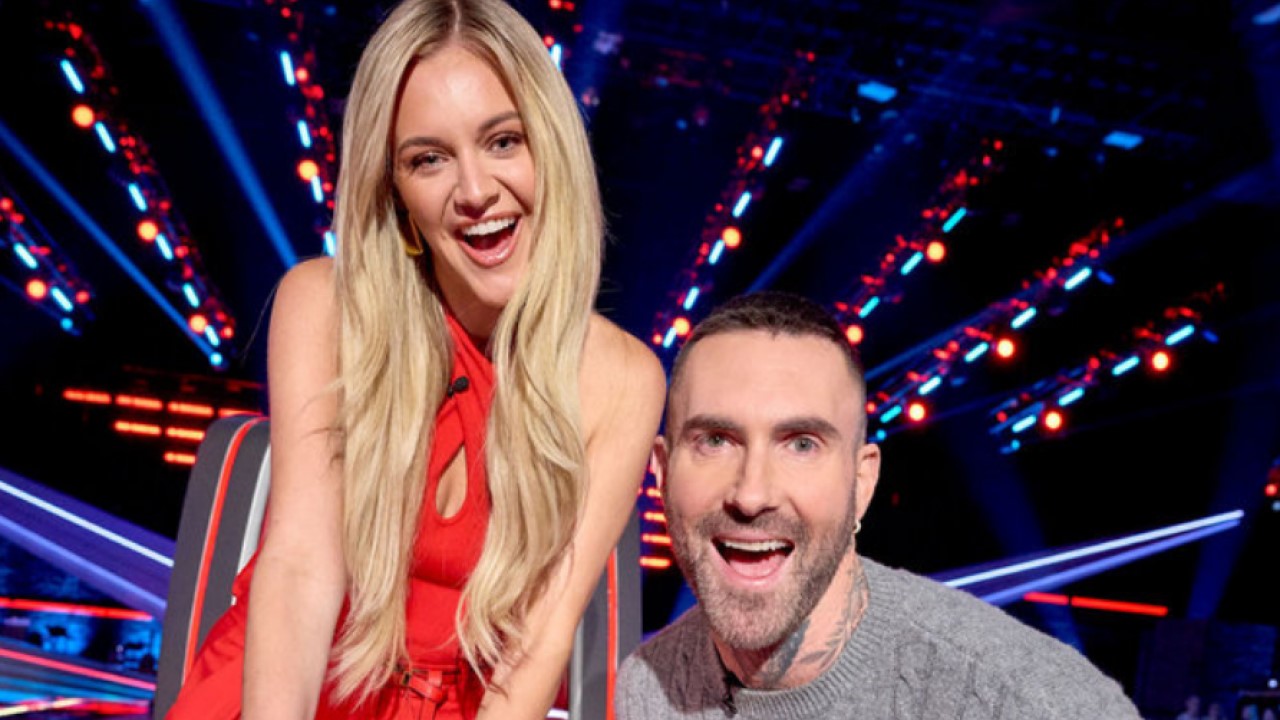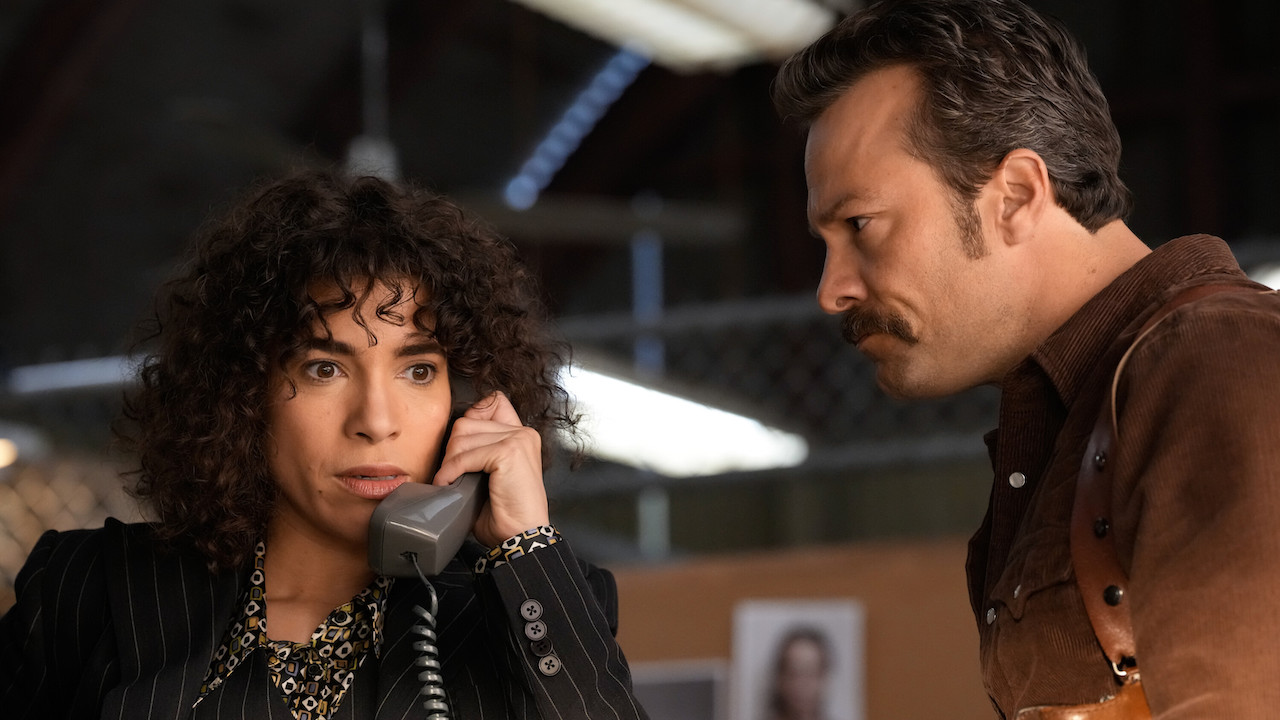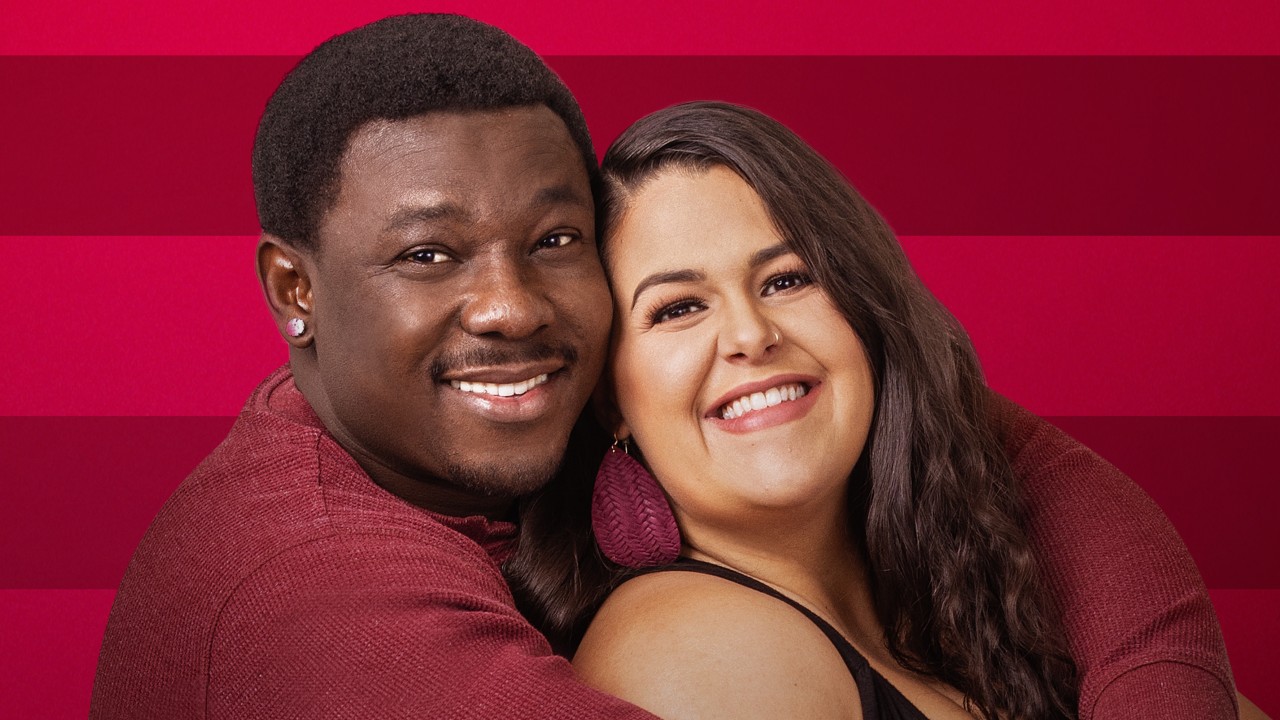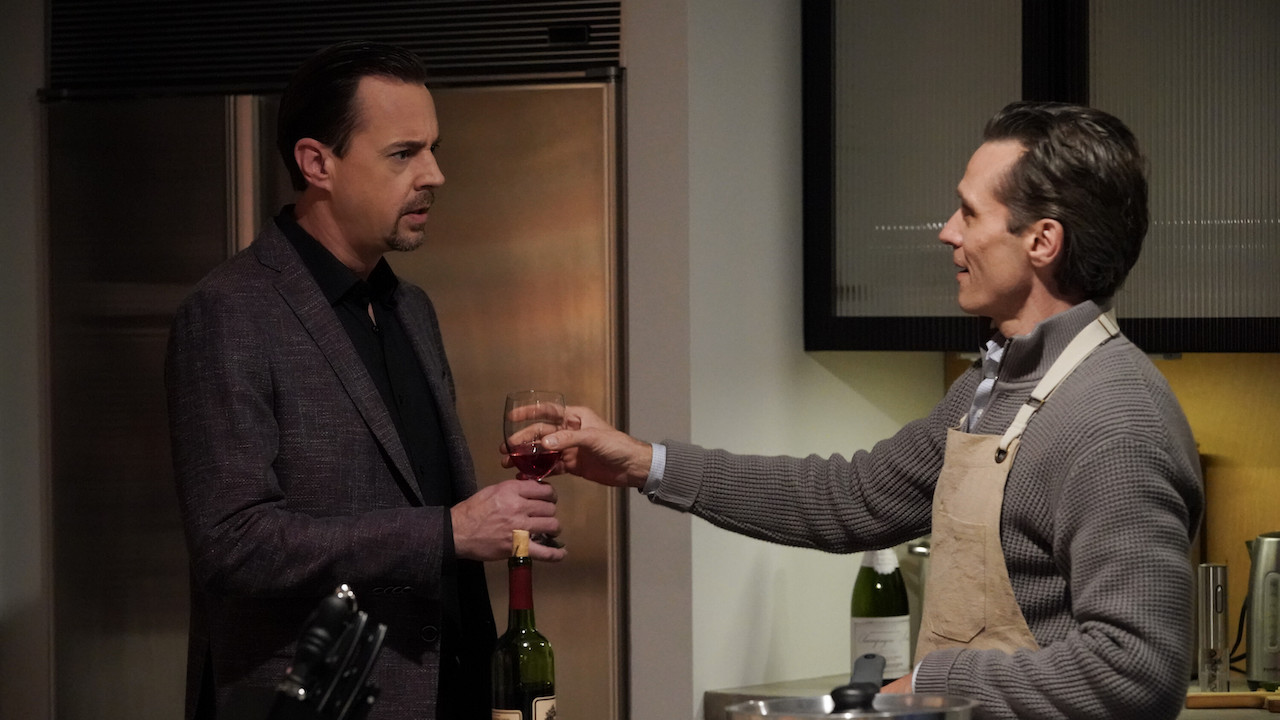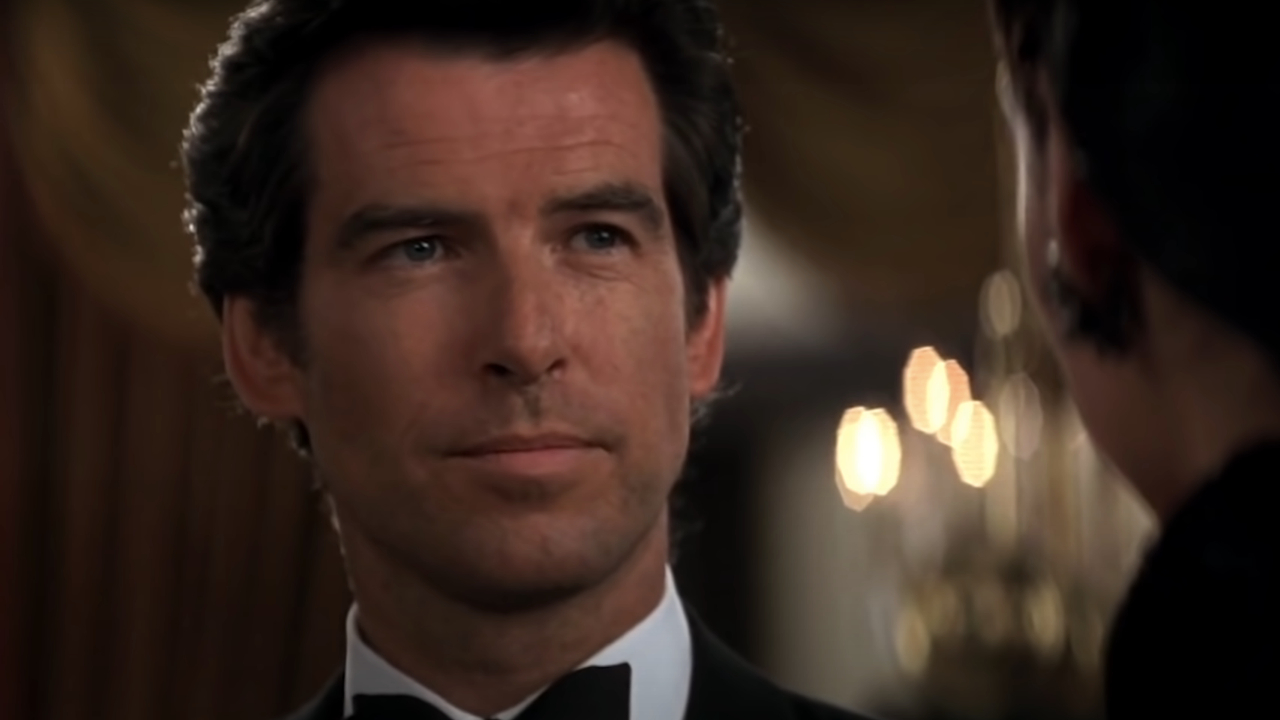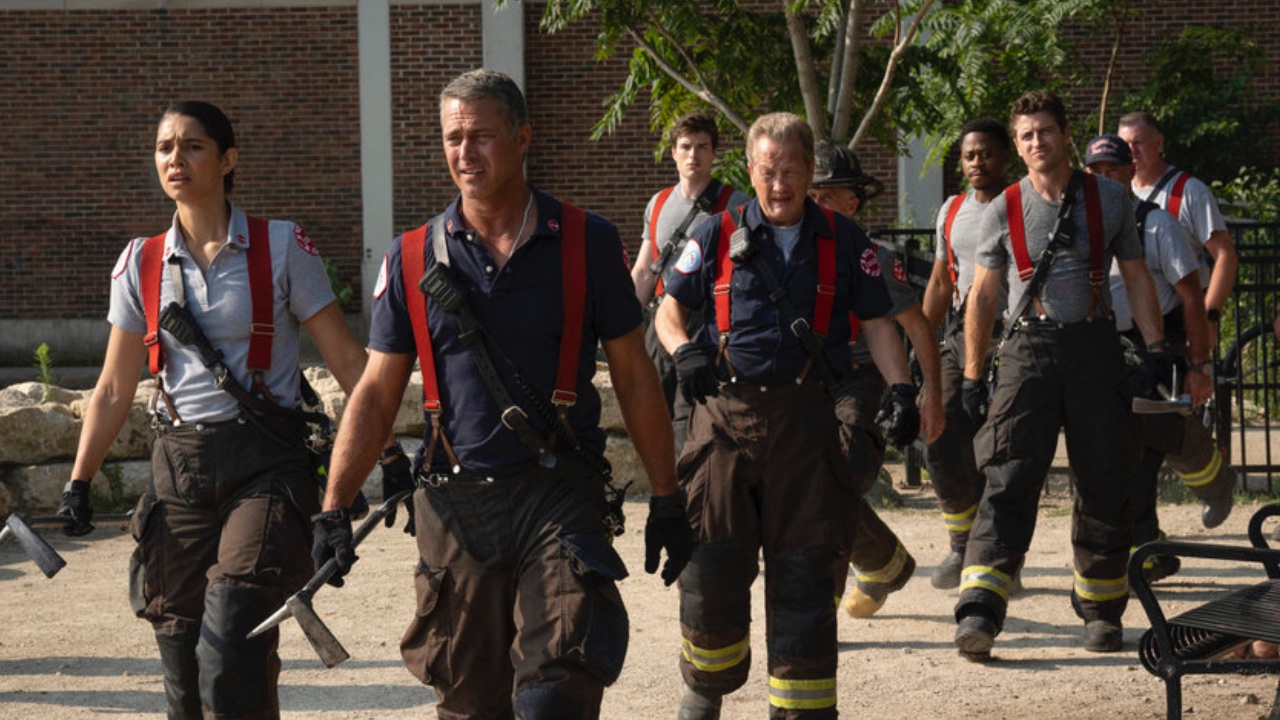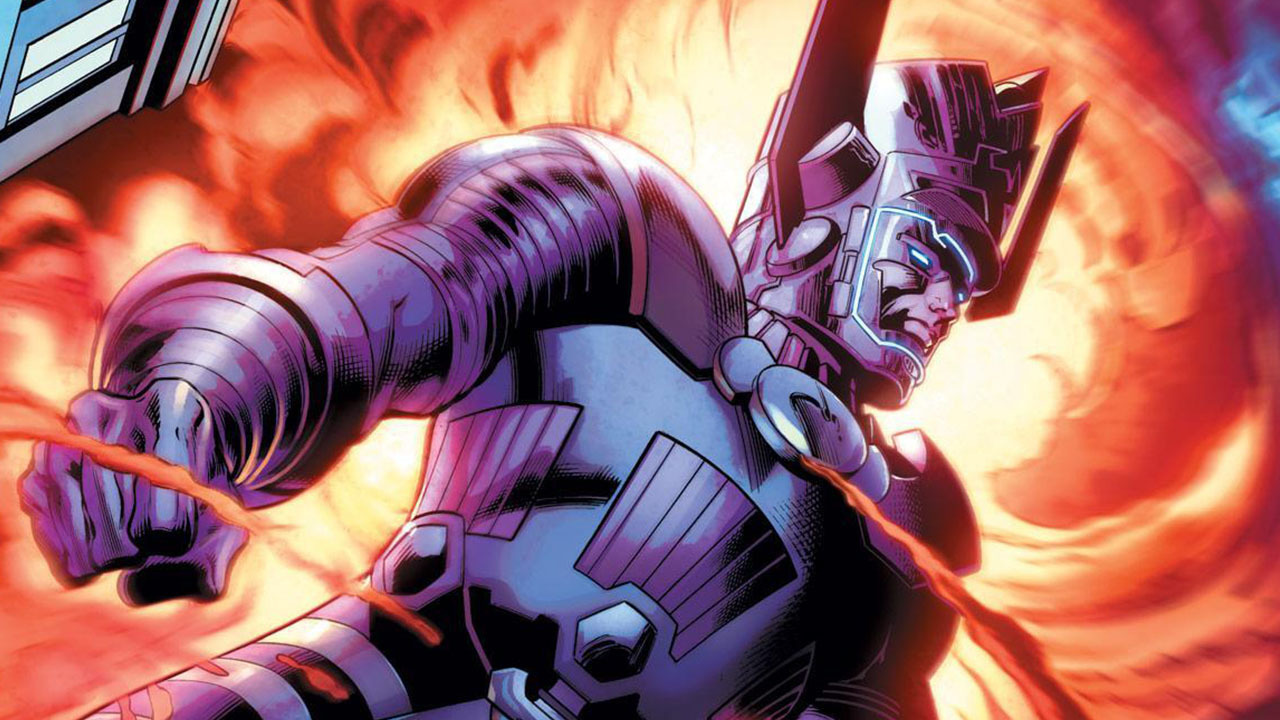A Guide To 13 Reasons Why Controversies, Including Season 4
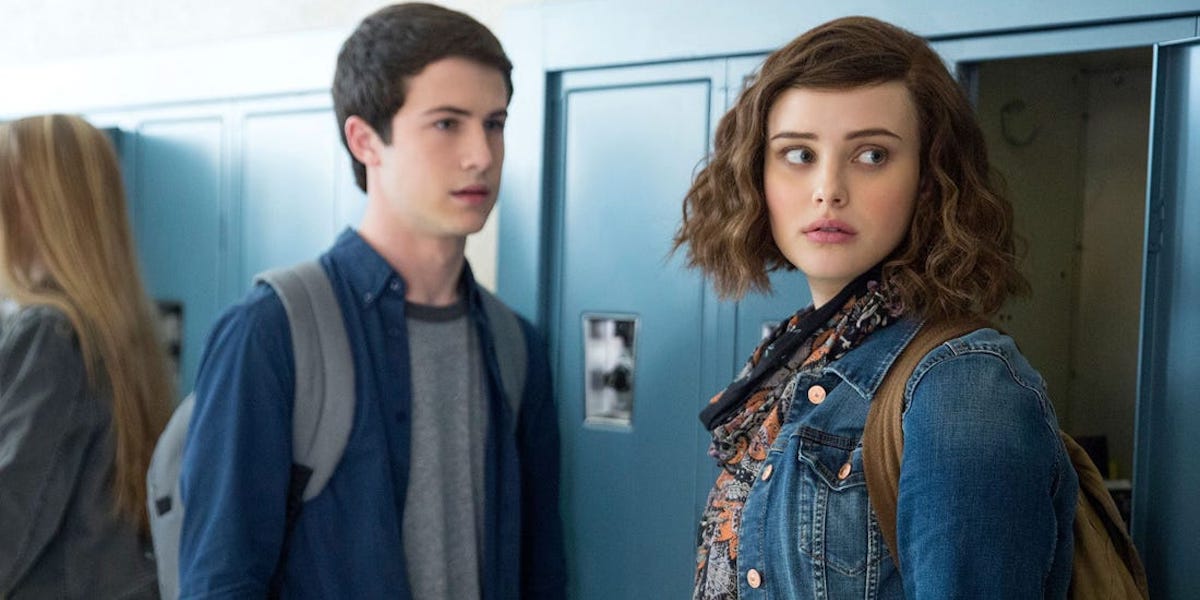
WARNING: This article dives into specific spoilers that happen throughout 13 Reasons Why, including details about the series’ most triggering plot points depicting suicide, sexual assault and violence for the purpose of discussion.
Netflix has closed the book on 13 Reasons Why with the premiere of its fourth and final season earlier this month. It leaves a legacy embroiled in perpetual discussion about how it handled a number of delicate subject matters to a teen audience. It’s one of the streaming platform’s most viewed shows ever – ranking at No. 2 in the U.S. nearly two weeks after its release. Staying true to the show’s tradition (and many fans' disappointment), 13 Reasons Why Season 4 added additional controversies into the mix and failed to wrap up previous ones.
13 Reasons Why first found its buzz on Netflix since its a long-awaited adaptation of the bestselling Jay Asher novel of the same name. The 2008 book had previously been planned as a film starring Selena Gomez during her Disney Channel days, but was since developed for the streaming service with Gomez serving as a producer. The series was planned to explore the contents of the book alone – due to its massive popularity and high-profile discourse, creator Brian Yorkey was given the opportunity to expand the story far beyond its source material.
Let’s take a comprehensive look at why 13 Reasons Why will be remembered as one of Netflix’s most controversial original programs:
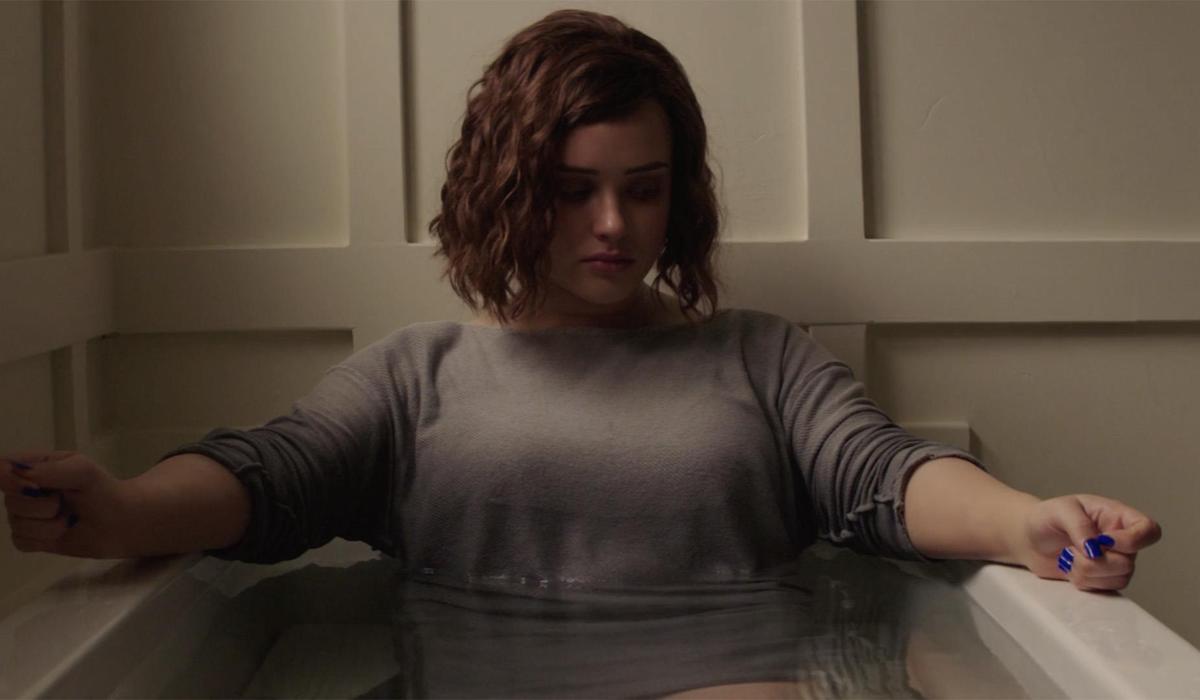
13 Reasons Why Season 1 Controversies
The first season of 13 Reasons Why premiered in 2017 adapting Jay Asher’s book about the exploration of Hannah Baker’s tragic suicide through the tapes she leaves behind.
Netflix Changed Hannah Baker’s Graphic Suicide Scene
To this day, the most talked-about element about 13 Reasons Why is through the depiction of Hannah Baker’s suicide and alleged glamorization of the act. When the season finale first premiered, there is a detailed three-minute scene of Hannah taking her own life in a bathtub. Multiple cases of parents blaming the series for inspiring their children's own tragic suicides quickly began to reach news headlines – some even drawing from Hannah Baker’s methods of recording tapes and copycatting how she dies in the show. Suicide prevention experts have slammed the show for not offering any “strategies for coping with thoughts of suicide or alternatives to taking ones life” along with ignoring mental health aspects that also lead to suicide, per Good Morning America.
CINEMABLEND NEWSLETTER
Your Daily Blend of Entertainment News
Findings in a 2017 National Institutes of Health study also detailed a 28.9 percent increase in teen suicides in America in the month following the Season 1 premiere – the highest amount of suicides seen in a single month within the past five years. (It should be noted some mental health experts have warned against taking this data at face value). The study was conducted to bring awareness to the effect popular media has on young people. After the backlash, trigger warnings were added at the front of each episode to warn of its “graphic depictions,” including a more detailed title card ahead of the especially controversial scenes. Suicide prevention resources also pop up at the end of each episode of the show as well.
Creator Brian Yorkey defended claims found in the study by pointing out the spikes in “crisis call-center activity, internet searches, and posts online to argue that the series has driven suicidal behavior.” According to Yorkey, after Season 1 dropped the Crisis Text Line reported nearly 70 percent of those who called cited 13 Reasons Why “as the impetus to seek help.” Two years after the premiere of Season 1, the three-minute suicide scene was reedited by Netflix in response to public outcry about it.
Bryce Walker Serial Rape Scenes
The high-profile suicide depiction in 13 Reasons Why may have placed another important topic about the show’s content in the shadows – there are also multiple instances of rape within the first season that remain controversial in the series today. Hannah Baker’s traumatizing story revolves around her rape by high school star athlete Bryce Walker when they are in a hot tub, which is shown in detail along with a key scene where Bryce also rapes Jessica Davis while she is drunk and unconscious.
The scenes were presented in this way to give viewers to greater understanding of the true pain and trauma that rape victims and survivors may go through. But it could also be triggering for those who have experienced similar circumstances firsthand. In the instance of Jessica’s rape, segments of the scene are replayed throughout the season to simulate her PTSD. The series’ perhaps flawed approach to rape loudly continues throughout the show as well.
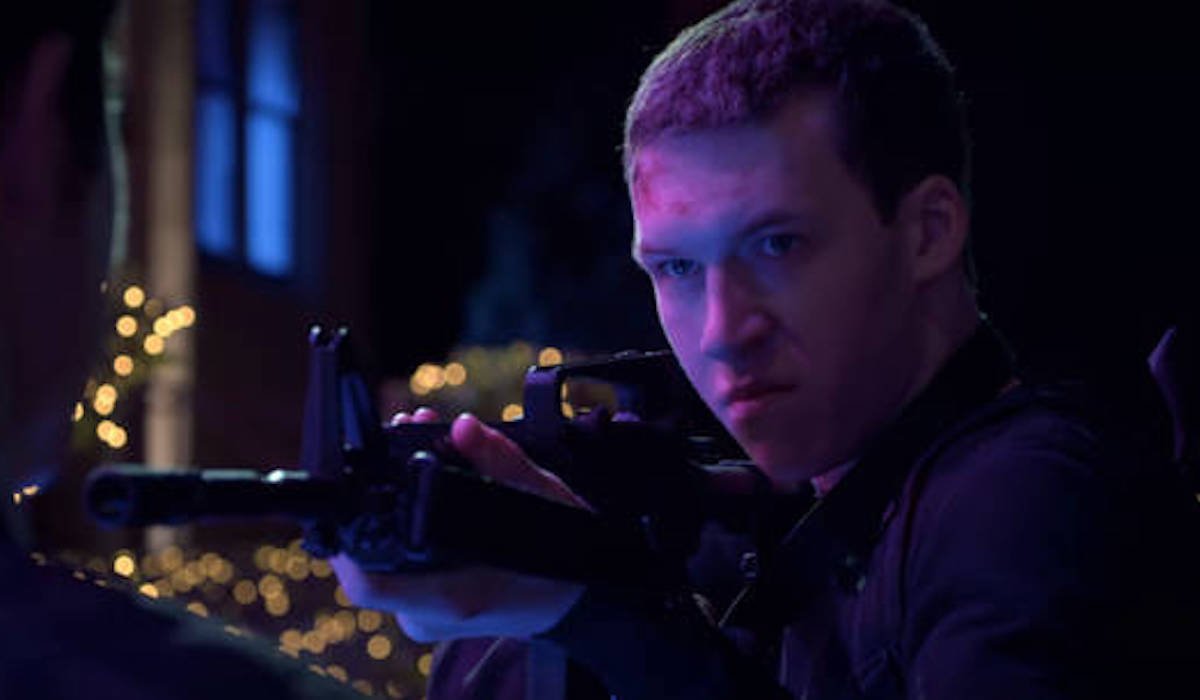
13 Reasons Why Season 2 Controversies
The sophomore season of 13 Reasons Why keeps Hannah Baker's rape and suicide in the spotlight as her parent's case against Liberty High goes forward in court.
Tyler Down’s Extremely Graphic Assault Sequence
The finale of the second season of 13 Reasons Why culminated with two incredibly controversial moments for the show. The first being Tyler Down’s assault scene that happens at a completely surprising section of the episode. It starts as a violent instance of bullying by jock Monty toward Tyler in the bathroom with some other teens on the baseball team. It comes right after Tyler has had a positive experience at a wilderness camp and ready to turn a new leaf at Liberty High.
Suddenly Monty dunks Tyler’s head into the toilet and sodomizes him with a broom handle repeatedly. The scene does not spare the immense pain and graphic quality of the experience – as it closes out with a bloodstained shot of the handle and Tyler helplessly on the floor. The scene traumatized and angered the fanbase for its approach. Here was creator Brian Yorkey’s response to the backlash:
As intense as that scene is, and as strong as are or reactions to it may be, it doesn't even come close to the pain experienced by the people who actually go through these things. When we talk about something being 'disgusting' or hard to watch, often that means we are attaching shame to the experience. We would rather not be confronted with it. We would rather it stay out of our consciousness. This is why these kinds of assaults are underreported. This is why victims have a hard time seeking help. We believe that talking about it is so much better than silence.
A perpetual problem the show has been criticized for is being triggering in order to bring light to important issues. While the discussion of male assault was there, this scene arguably crossed an additional line.
Clay’s Successful Attempt At Talking Down Tyler From A School Shooting
As a coping strategy for his violent assault, Tyler Down decides to show up to the Liberty High with assault weapons he has secretly had in his possession all season. Tyler texts Mackenzie to warn her of his plans, which she then alerts Clay Jensen. Clay then orders the other students to not call the police and he finds Tyler and talks him down from initiating a school shooting at the dance. 13 Reasons Why was under fire for the sequence perhaps condoning Clay’s behavior in an active shooter situation. Actor Dylan Minnette explained the intentions of the scene to ET:
I think we’re supposed to know and believe that what Clay did is the wrong decision to make. They should have just locked the doors inside and called the police and let everyone know what was happening. I think we are not supposed to believe Clay made the right decision even though it was ultimately successful, but that is a decision Clay would make because he is someone who acts on his emotions without thinking his actions through before he does them.
The series does have a tightrope to walk between telling a story with flawed characters and the expectation for it to bring insight to its young viewers about the relevant plotlines it uncovers.
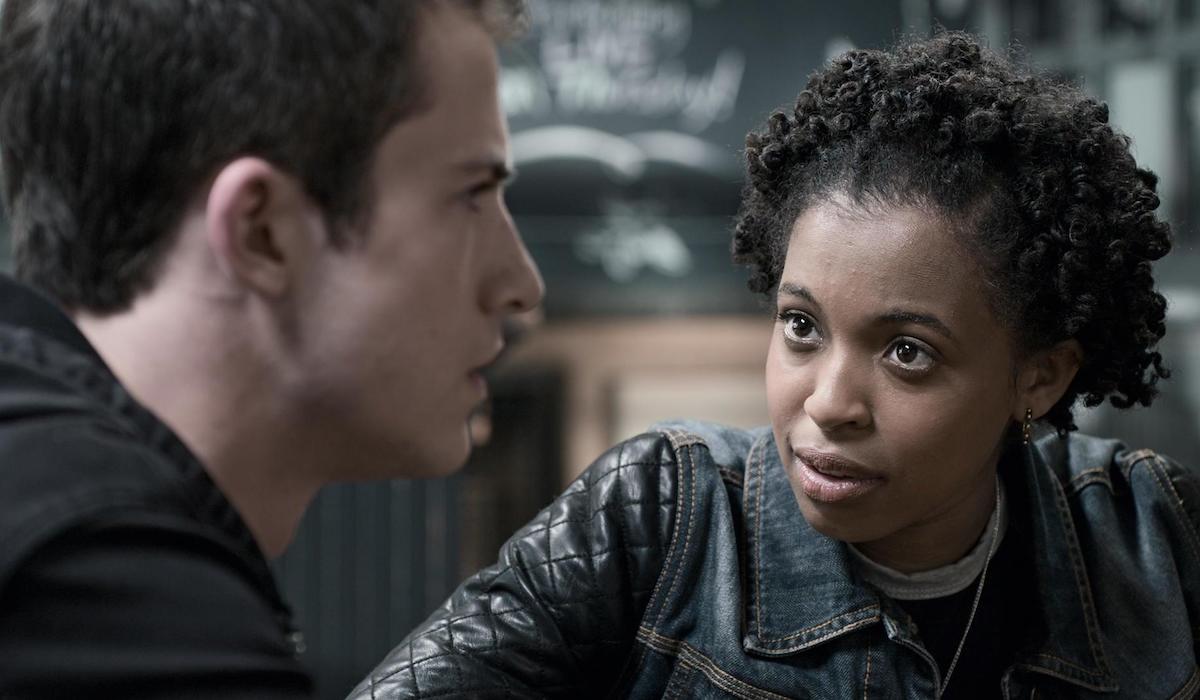
13 Reasons Why Season 3 Controversies
The third season of 13 Reasons Why changed things up by having the season be told through Grace Saif’s Ani as the mystery of Bryce Walker’s murder takes center stage.
Ani Joining 13 Reasons Why To Offer Up Sympathy For Bryce Walker
Ani’s prominence in Season 3 was an unpopular move for the show and many fans felt the show started to veer too far from telling its initial story here. Viewers of the series love to hate Ani - it’s seriously unanimous on Twitter. But, there’s a bigger problem with Ani than how “annoying” she is. The third season revealed that the new girl in Liberty High also had a romantic relationship with Bryce Walker, even though she was well aware of his serial rape.
Humans are flawed and someone getting into a relationship with a rapist could and has undoubtedly happened. However, the reason behind Ani’s character feels problematic because she’s not a palpable character – she’s more so a plot device to bring sympathy to Bryce Walker… you know after he raped multiple women and was taken off the hook from a prison sentence. It’s as if the show is giving him the same treatment. Ani spends so much of her time in the third season concerned with Bryce and Alex and her identity as a Black immigrant is vastly underwritten.
The 'Redemption' Arc Storyline For Monty
In a similar move 13 Reasons Why also sought to further develop the series’ other rapist, Monty. The third season revealed the jock to be gay and struggling to come to terms with his sexuality. He forms a secret relationship with Winston, who later becomes his only alibi when he is framed for Bryce’s murder. After diving into his backstory, he is arrested for Tyler’s assault and killed in prison.
The controversy here isn’t that 13 Reasons Why is adding grey areas to its characters, but how it does so after they commit these horrible acts as a way to garner interest and a redeeming quality to them. Before Season 3 Monty was a one-dimensional jock character without any positive qualities – why does he suddenly become three-dimensional after the fact? It feeds into the show's tendency to perpetually be motivated by its “shock factor,” rather than taking its issues into well-rounded and layered spaces.
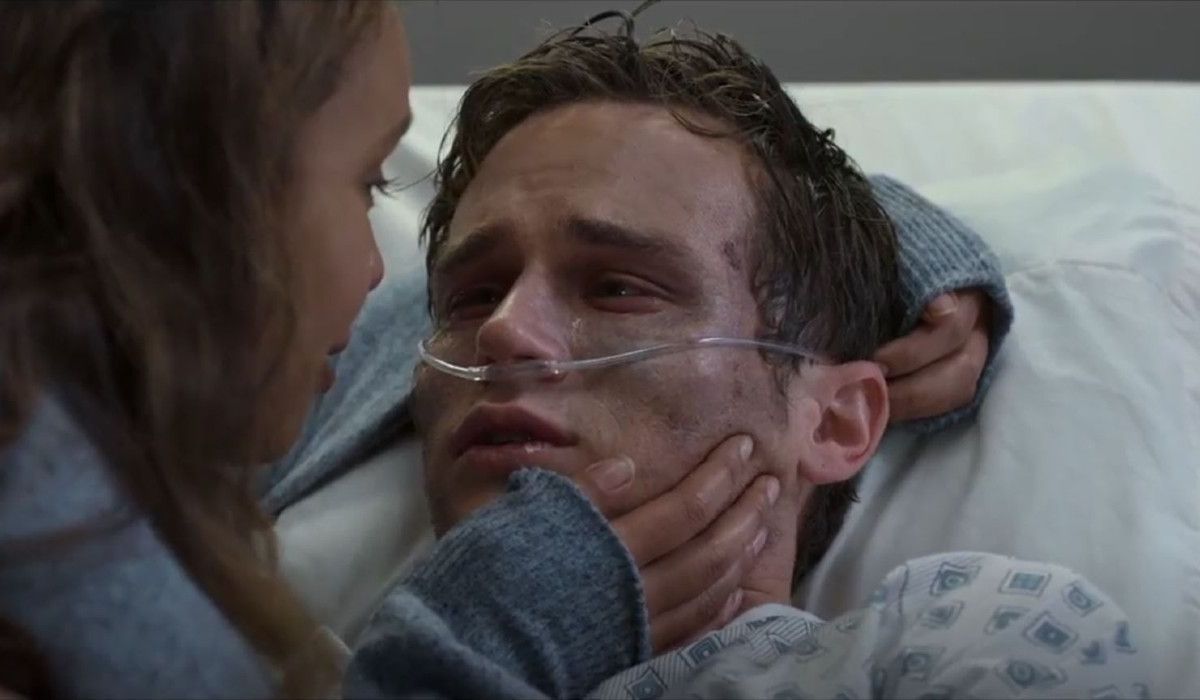
13 Reasons Why Season 4 Controversies
The recent final season of 13 Reasons Why wrapped up the loose ends of the show as the students of Liberty High get ready to graduate and move forward to college.
Liberty High’s School Shooting Drill
13 Reasons Why’s troubled past with the topic of school shootings continued this season in episode six when Liberty High School issues a “Code Red” lockdown for an active shooter situation. The scared students are asked to immediately take shelter and face the possibility of death as gunshots and door handle rattles make the episode intense. Until the characters and audience find out the whole thing was an elaborate drill. Blanks were fired. Alex has a panic attack and Clay is subsequently admitted into a mental institution. What’s the point? Once again, fans spoke out:
Here’s another viewer who was left with a bitter taste in her mouth after watching the episode:
The episode was perhaps written to show the damage these kinds of school shooting drills could have on teens, but the drill itself is not a realistic portrayal.
Justin Foley Dies From AIDS
The final controversy in play in 13 Reasons Why is the lasting final death in the series. The death of Justin Foley. Brandon Flynn’s fan-favorite character was arguably the most well-written in the show, going from his roots as wingman with Bryce Walker to coming back from his personal struggles with his mom that left him homeless and began his road to drug abuse. Clay takes him in, gives him a home and Justin starts to take the right steps forward to combat his addiction. In Season 4, his mom dies of a drug overdose leading to a relapse for Justin, but when he collapses on the floor during prom, it’s because of a completely new struggle.
Justin Foley is diagnosed with HIV, which has already progressed to AIDS from sharing needles or taking part in sex work during his homelessness. Just a few minutes after his diagnosis the character dies from the disease and room for the conversation about the stigmatized condition completely comes and goes. Critics of the show have pointed out the portrayal of HIV/AIDS is outdated because it typically takes ten years at least for someone with HIV to also develop AIDS and there are now regular treatments available for those with it. 13 Reason Why goes with the tragic ending, but it could have used a bit of hope after it's incredibly controversial run.
What do you think about 13 Reasons Why as a whole? Vote in our poll below.
This poll is no longer available.

Sarah El-Mahmoud has been with CinemaBlend since 2018 after graduating from Cal State Fullerton with a degree in Journalism. In college, she was the Managing Editor of the award-winning college paper, The Daily Titan, where she specialized in writing/editing long-form features, profiles and arts & entertainment coverage, including her first run-in with movie reporting, with a phone interview with Guillermo del Toro for Best Picture winner, The Shape of Water. Now she's into covering YA television and movies, and plenty of horror. Word webslinger. All her writing should be read in Sarah Connor’s Terminator 2 voice over.
